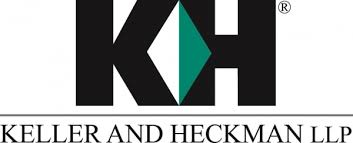Chemycal has been acquired by 3E
Learn MoreChemycal has been acquired by 3E
Learn MoreDiscover how Chemycal PRO helps you boosting your regulatory monitoring:

This article was first published in the online version of the American Bar Association’s The SciTech Lawyer, Winter 2019 edition.
While there is general familiarity with food laws in the legal community, the laws and regulations governing food packaging are often less understood, even though they may have a significant impact on a food company’s success in marketing new products. This article explains how food packaging is regulated in the United States and how the U.S. regulatory scheme compares to other jurisdictions throughout the world; in addition, we provide insight to how many of the current food packaging regulations came about, including some recent updates to food packaging laws and regulations.
Food packaging serves a range of critical functions beyond containment of food and beverages. These range from providing physical protection and slowing product deterioration to offering convenience and transmitting information. More advanced food packages can include susceptors to aid in the browning of foods cooked in microwave ovens, features that interact chemically or biologically with their contents to extend shelf-life, and the ability to monitor the condition of the food. The evolution of regulations governing the composition and use of food packaging has included changes to accommodate these advances.
But let’s start with the basics. Most food packaging regulatory systems include general safety requirements that are intended to preserve the physical, chemical, and sanitary integrity of the contents of food packages. These requirements generally prohibit the transfer of substances from the packaging to the food that may be deleterious to human health or bring about an unacceptable change in composition, taste, or odor of food.
Most global food packaging regulatory systems are based on similar scientific principles, but the approach used by different jurisdictions can vary considerably. These different approaches can also impact the data that is required to clear a substance for use in food packaging. For example, in the U.S., substances that may not reasonably be expected to become components of food and are not likely to present any public health problem can be cleared based on analytical chemistry data and extrapolations that show such components present no cause for toxicological concern due to minimal dietary exposure. Conversely, in the European Union (EU), just about all food packaging materials need to be explicitly cleared based on a toxicological evaluation and published regulations, regardless of exposure.
CONTINUE READING ON www.khlaw.com
2013 © MyChemicalMonitoring. ALL Rights Reserved. About Us | Terms and Conditions